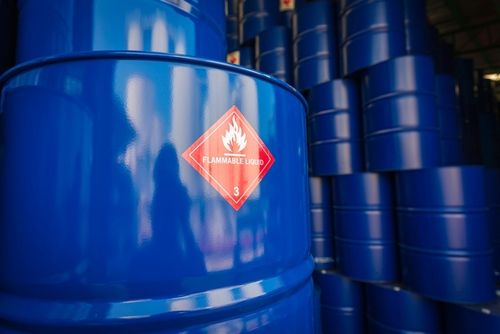WTI falls below $70.00 as China debt package disappoints market expectations
- Gold remains bid as lack of Fed clarity and geopolitical frictions persist
- U.S. November Nonfarm Payrolls: What Does the Rare "Weak Jobs, Strong Economy" Mix Mean for U.S. Equities?
- Tesla Stock Hits Record High as Robotaxi Tests Ignite Market. Why Is Goldman Sachs Pouring Cold Water on Tesla?
- U.S. November CPI: How Will Inflation Fluctuations Transmit to US Stocks? Tariffs Are the Key!
- AUD/USD remains depressed below mid-0.6600s; downside seems limited ahead of US NFP report
- December Santa Claus Rally: New highs in sight for US and European stocks?

WTI prices depreciated as China’s latest stimulus measures fell short of investor expectations, further weakening demand outlooks for Oil.
China announced a 10 trillion Yuan debt package that does not include direct economic stimulus measures.
Oil prices fall due to easing concerns over potential supply disruptions from Storm Rafael in the US Gulf of Mexico.
West Texas Intermediate (WTI) Oil price continues to decline for the second consecutive day, trading around $69.90 per barrel during the Asian hours on Monday. The drop in crude Oil prices comes as China's latest stimulus measures disappointed investors, further weakening demand expectations from the world’s largest Oil importer.
On Friday, China announced a 10 trillion Yuan debt package aimed at easing local government financing pressures and supporting economic growth, but the package did not include direct economic stimulus measures, which added to market concerns. Additionally, lower-than-expected Chinese economic data released on Saturday highlighted deflation risks, despite Beijing’s stimulus efforts in late September.
China’s Consumer Price Index (CPI) rose by 0.3% year-over-year in October, slightly below market expectations and down from September’s 0.4%. The month-over-month CPI fell by 0.3%, a sharper decline than the anticipated 0.1% drop, following a flat reading in September. Meanwhile, China’s producer prices dropped by 2.9% year-over-year, a steeper decline compared to the 2.8% fall in the previous month.
Oil prices have eased after concerns over potential supply disruptions from Storm Rafael in the US Gulf of Mexico subsided. As of Sunday, more than a quarter of US Gulf of Mexico Oil production and 16% of natural gas output remained offline, Reuters cited the offshore energy regulator.
However, crude Oil prices could gain momentum as Donald Trump is expected to tighten sanctions on OPEC+ members Iran and Venezuela, potentially reducing Oil supply to global markets. Additionally, Oil markets are being supported by strong demand from US refiners, who are anticipated to operate their plants at over 90% of their crude processing capacity, amid low inventories.
Read more
* The content presented above, whether from a third party or not, is considered as general advice only. This article should not be construed as containing investment advice, investment recommendations, an offer of or solicitation for any transactions in financial instruments.

